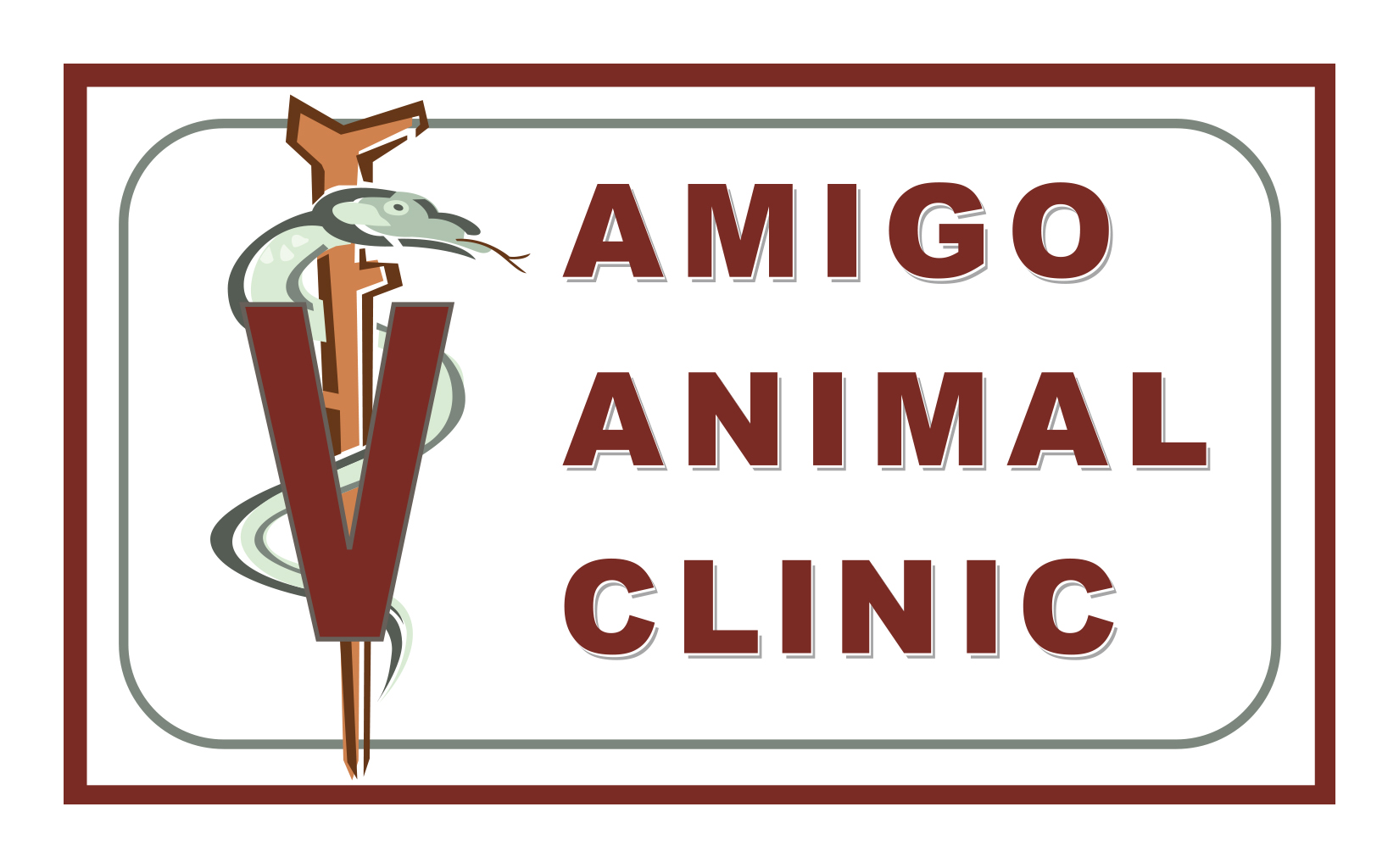Planning a trip with your pet for the summer? We know how important planning is to make your trip safe and enjoyable for you and your pet. Traveling with a pet can become stressful if you are not fully prepared. So here are some tips from us here at Amigo:
1. Get your pet checked out by your vet.
Let your vet know you are planning a trip with your pet and make sure your pet has good bill of health. Depending on your destination, your pet may need extra vaccines or health certificates to travel. And while you are at the vet, make sure your pet’s microchip is still working.
2. Safeguard your pet.
If your pet is not micro chipped and registered, get this done before your trip. It is worth it to save you and your pet the heartache should the unthinkable happen and your pet happens to get away from you while you are traveling. Additionally, have your pet wear a collar and name tag with your cell phone number.
3. Keep your pet secured while traveling.
If traveling in a car, use a safety restraint or carrier that is secured to the seat with the seat belt. For example, there are dog restraints that use the vehicle’s built-in lower anchor and tethers for children (LATCH) systems. These are found only in the second and third rows of vehicles. Cats need to be in a carrier which is placed on the back seat and secured with the seat belt. Don’t travel with your pet in the front seat. They can be a distraction to your driving. Also, if an airbag deploys while your pet is in the passenger seat (even in a crate), it might injure or worse, kill your pet.
4. Keep your pet with you.
Don’t ever leave your pet alone in the car, even for a brief pit stop. The temperature in a car can heat up rapidly. For example, on an 85-degree day, even with the windows opened; your car can reach 102 degrees in just 10 minutes. So, take your pet with you. It takes some work, but you can search the web ahead of your trip for restaurants that are pet friendly. Here is an example of a website that promotes pet friendly restaurants. You can also visit drive through restaurants and take your food to a rest stop where your pet can be with you on a leash.
5. Give your pet rest stops.
Plan frequent rest stops so your pet can get out of the car to exercise and eliminate. Cats can be more complicated for travel. If you can train your cat to be on a leash, great. But also there are
car travel carriers to accommodate enough room to fit your cat with food, water and litter box.
6. Pack enough food and water for your pet.
Pets do best when kept on the same diet. Grocery stores along your route may not carry your pet’s brand. So better to make sure you take enough food for your whole trip and take enough water. And don’t forget to pack water and food bowls.
7. Practice traveling with shorter trips.
Long trips can be very difficult for pets that are used to being able to run around the house or yard. Cats can be especially difficult. It is best to get a cat use to their carrier for some time before putting them in it and taking them on a trip. Practice taking your pet on shorter trips first
8. Traveling by air?
It is important to know all the regulations and fees associated with flying with a pet. For example, some airlines allow you to bring your pet into the cabin, but some require pets to travel in cargo. You can research data on each airline’s websites but make sure to call them and talk to a representative to make sure you fully understand all of the procedures involved. Also, if you are traveling out of your state or country you need to know any animal health requirements for your destination e.g. vaccinations, veterinarian health certificate, etc. This is something to also go over with your vet as mentioned above.
So, you can see, there is quite a bit of planning to do before you take your pet on a trip with you. But your homework will pay off in making it a safe and uneventful trip for you and your pet. If you have any questions or need our help to get your pet medically ready for their trip please contact us.
What's Next
Call us or schedule an appointment online.
Meet with a doctor for an initial exam.
Put a plan together for your pet.

